NASA is experimenting with making lenses with liquid in space, which could lead to giant space telescopes 100x the size of the James Webb.
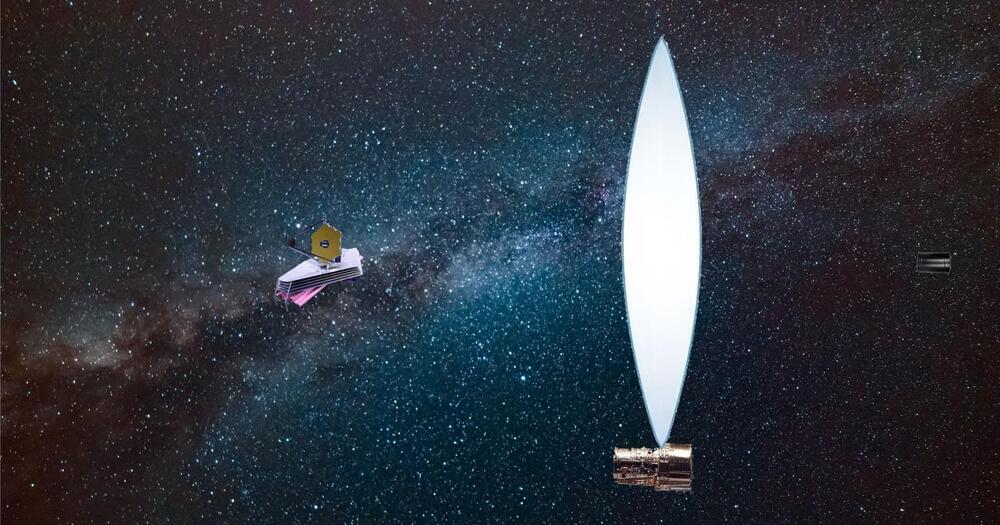


Using a “laser pincer,” scientists can generate their own antimatter, simulations show.
An international team of physicists have come up with a way to generate antimatter in the lab, allowing them to recreate conditions that are similar to those near a neutron star.
This setup, at Helmholtz-Zentrum Dresden-Rossendorf (HZDR) research laboratory in Germany, involves two high-intensity laser beams that can generate a jet of antimatter, as outlined in a paper published earlier this summer in the journal Communications Physics. That could make antimatter-based research far more accessible for scientists around the world.

Brig. Gen. Stephen Purdy: Seeing Starbase ‘gives you a lot of ideas of what the future could be’
COLORADO SPRINGS – Brig. Gen. Stephen Purdy was in Boca Chica, Texas, last month visiting Starbase. That is SpaceX’s launch and rocket manufacturing and testing facility where the company hopes to operate Starship, the largest rocket ever built.
Purdy is the commander of Florida’s Eastern Range and also serves as the Space Force’s program executive officer for assured access to space, a new post within the Space Systems Command overseeing launch services procurement for the U.S. military and intelligence agencies.
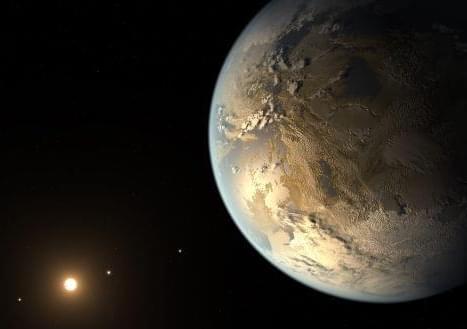
NASA’s Kepler space telescope has spotted a Jupiter look-alike in a new discovery, even though the instrument stopped operations four years ago.
An international team of astrophysicists using NASA’s Kepler space telescope, which ceased operations in 2018, have discovered an exoplanet similar to Jupiter located 17,000 light-years from Earth, making it the farthest exoplanet ever found by Kepler. The exoplanet, officially designated K2-2016-BLG-0005Lb, was spotted in data captured by Kepler in 2016. Throughout its lifetime, Kepler observed over 2,700 now-confirmed planets.

An exoplanet a whopping 17,000 light-years from Earth has been found hiding in data collected by the now-retired Kepler Space Telescope.
It’s the most distant world ever picked up by the planet-hunting observatory, twice the distance of its previous record. Fascinatingly, the exoplanet is almost an exact twin of Jupiter – of similar mass, and orbiting at almost the same distance as Jupiter’s distance from the Sun.
Named K2-2016-BLG-0005Lb, it represents the first exoplanet confirmed from a 2016 data run that detected 27 possible objects using a technique called gravitational microlensing rather than Kepler’s primary detection method. The discovery has been submitted to the Monthly Notices of the Royal Astronomical Society, and is available on preprint server arXiv.
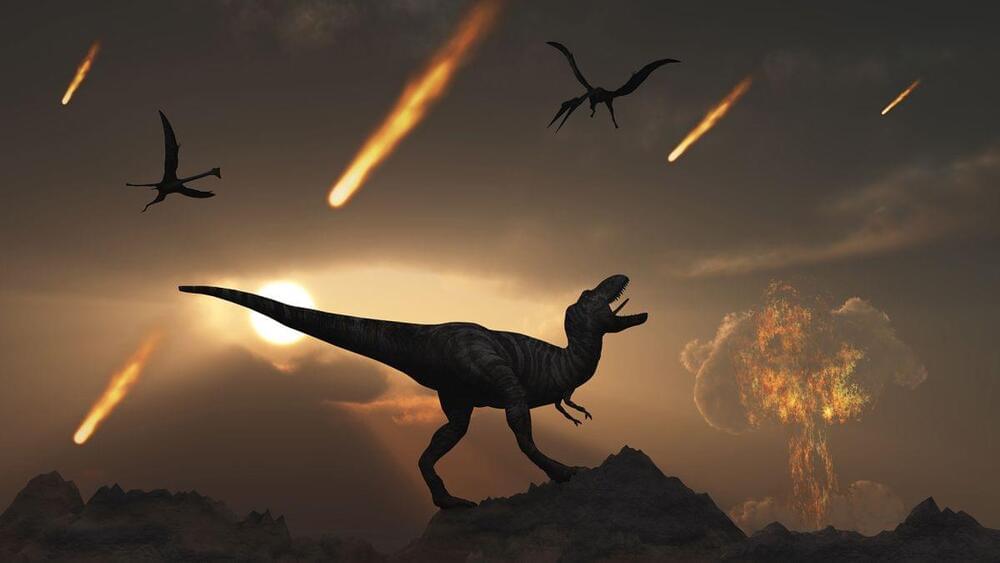
How will it all end? By an asteroid, a science experiment gone wrong, or even a zombie invasion? Check out today’s insane new video to find out all the possible ways the world could actually come to an end!
🔔 SUBSCRIBE TO THE INFOGRAPHICS SHOW ►
🔖 MY SOCIAL PAGES
TikTok ► https://www.tiktok.com/@theinfographicsshow.
Discord ► https://discord.gg/theinfographicsshow.
Facebook ► https://www.facebook.com/TheInfographicsShow.
Twitter ► https://twitter.com/TheInfoShow.
💭 Find more interesting stuff on:
https://www.theinfographicsshow.com.
📝 SOURCES: https://pastebin.com/RAQwHgHz.
All videos are based on publicly available information unless otherwise noted.
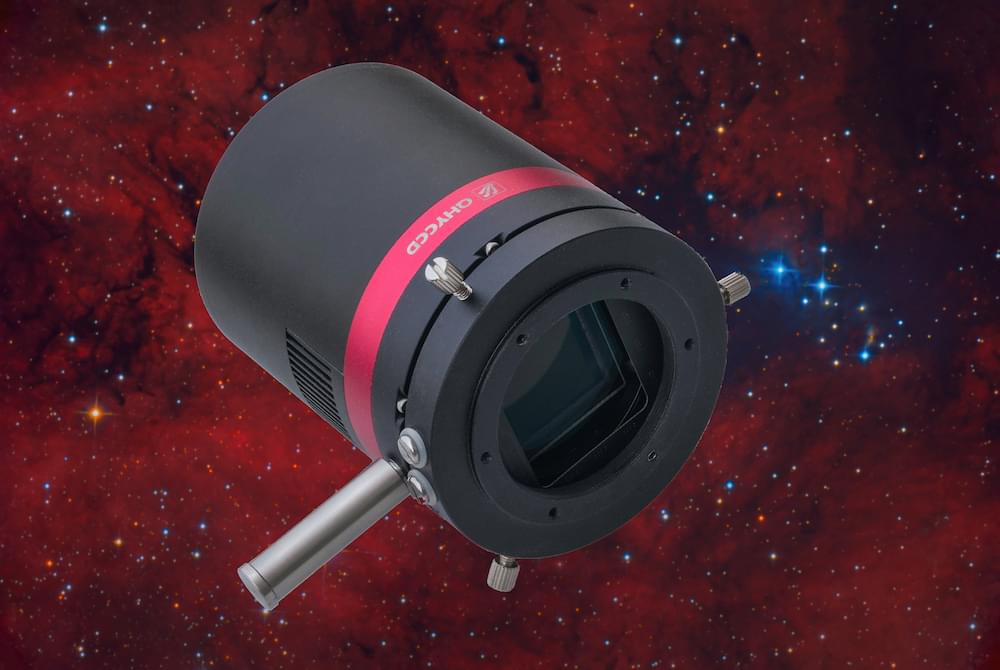
Move aside CCDs. Consumer CMOS cameras are here to stay.
For 20 years, I have been using charge-coupled device (CCD) cameras, and I currently own the top-of-the-line SBIG STX-16803. But while studying two images I recently made using the latest QHY 410C CMOS camera, I had to wonder: Is CCD dead?
For years, I lectured about the asymptotic boundary of noise in CCD images. In a basic sense, this means that no matter how many frames you take to increase your signal-to-noise ratio for a cleaner image, you will always run into a wall of noise when you stretch your image to bring out deep shadows. But with QHY’s new CMOS camera, this troublesome wall of noise is nonexistent.
The QHY 410C is a one-shot color camera that utilizes the back-illuminated Sony IMX410 CMOS chip found in high-end cameras like the Nikon Z6 and the Sony A7 III. But the 410C has taken the full-frame (35 millimeter) 24-megapixel chip and mounted it in a camera with regulated cooling and zero amplifier glow, helping drive the noise to such a low level.
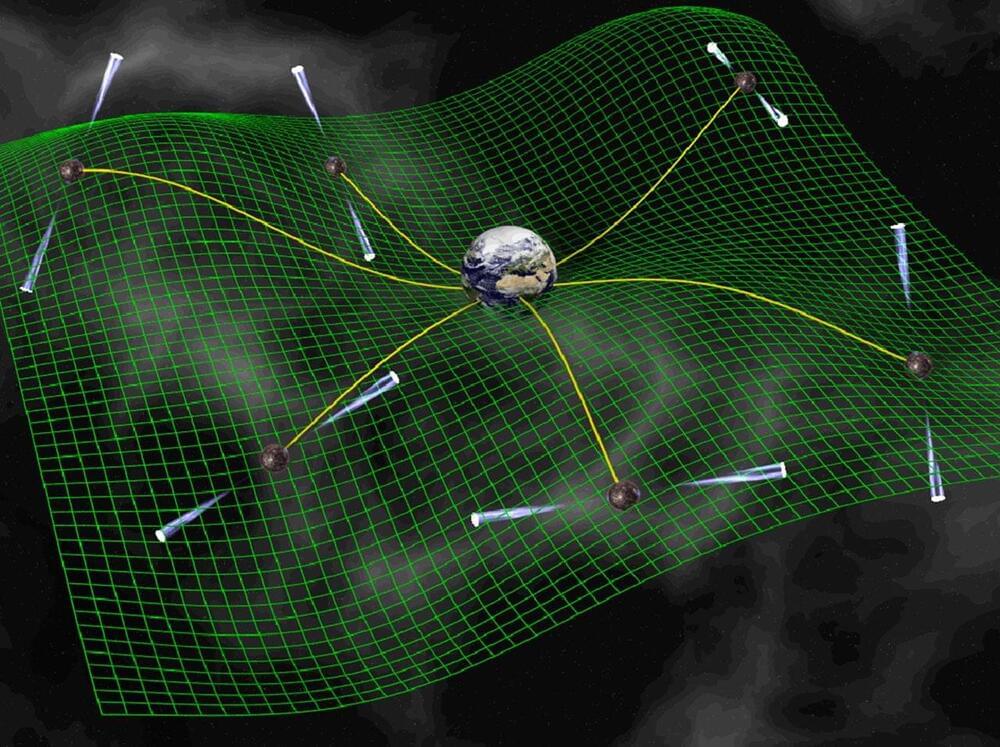
Stephen Taylor, assistant professor of physics and astronomy and former astronomer at NASA’s Jet Propulsion Laboratory (JPL), said, “Using the pulsars we observe across the Milky Way galaxy, we are trying to be like a spider sitting in stillness in the middle of her web. How well we understand the solar system barycenter is critical as we attempt to sense even the smallest tingle to the web. The solar system barycenter, its center of gravity, is the location where the masses of all planets, moons, and asteroids balance out.”
So, where is the center of the solar system?
It is not in the center of the Sun as many might assume, instead it is closer to the surface of the star. This is due to Jupiter’s mass and our imperfect knowledge of its orbit.
Artificial gravity remains the stuff of science fiction. But dealing with no gravity causes significant problems in many astronauts, ranging from bone deterioration to loss of sight. An alternative method that might eliminate some of these problems is “simulated gravity,” which uses a spinning structure to create centrifugal force that would have the same effect on the body as gravity would. Whether or not this would solve the problems caused by lack of gravity remains to be seen. Still, NASA seems keen on the idea – to the tune of a $600,000 NASA Institute for Advanced Concepts (NIAC) Phase II grant to a team from Carnegie Mellon University (CMU) and the University of Washington (UW) who is looking to develop a structure that can simulate full Earth gravity and be launched in a single rocket.
The project in question is “Kilometer-Scale Space Structure from a Single Launch,” which was initially admitted to the NIAC program last year. Over the past year, they successfully completed a Phase I project where they “analyze[d] a mission concept analogous to the Lunar Gateway” that could deploy into a kilometer-long structure. Having met NASA’s expectations as part of that program, the team, headed by professor Zac Manchester of CMU and Jeffery Lipton of UW, were recently accepted as 2022 NIAC fellows.